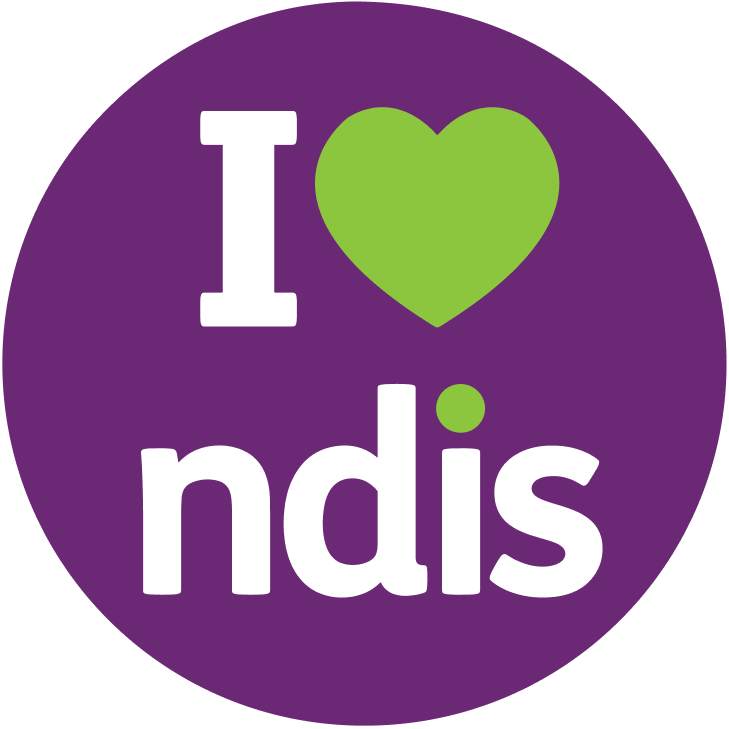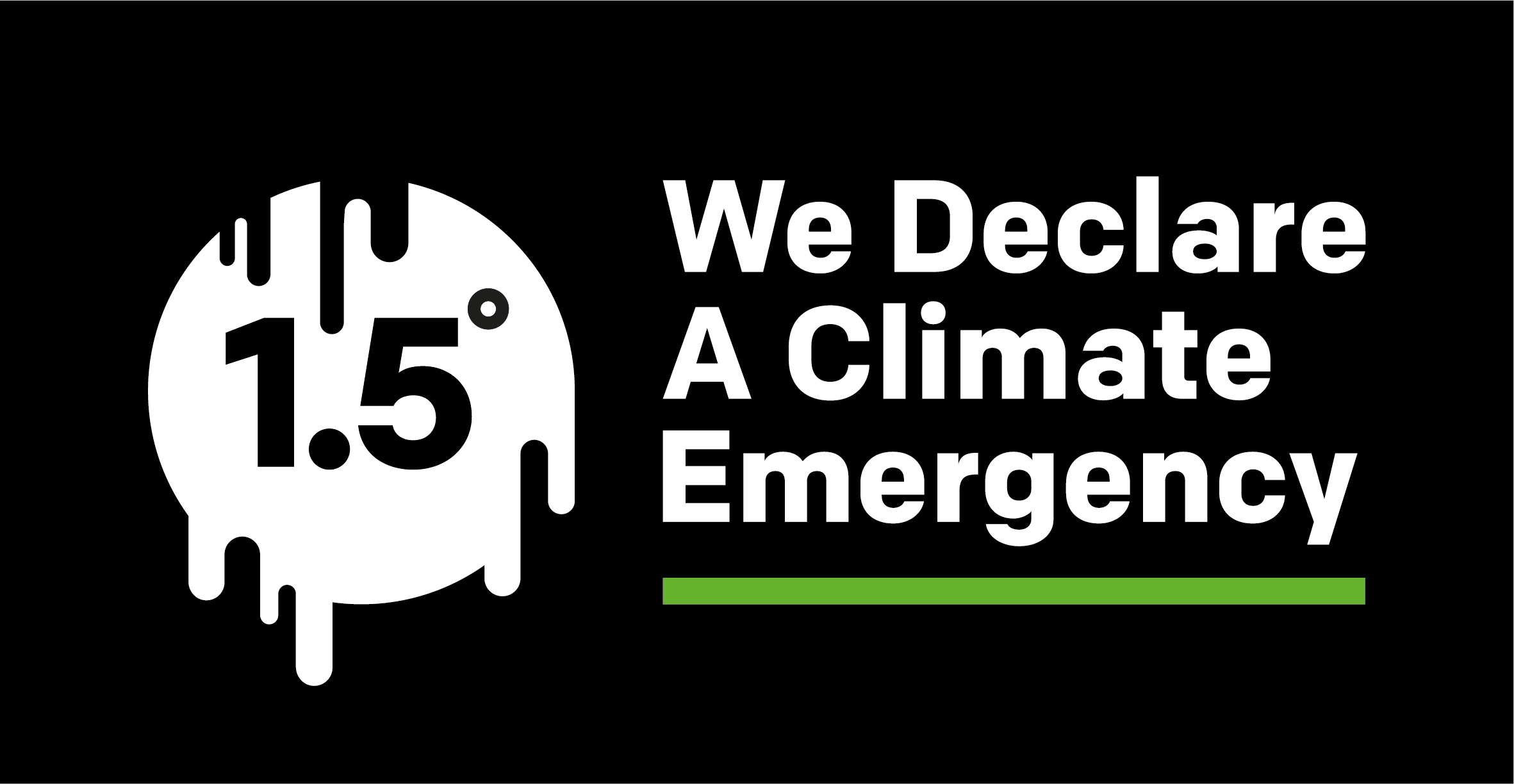How should I acquire equipment or materials to assist with my sessions?
Any materials or equipment should be selected at the discretion of the allied health professional i.e. The OT/ Speech Pathologist/ Physiotherapist should describe if any additional equipment is required for sessions.
If this is the case,and the clients don’t already have this equipment at home, our first recommendation is that the clients purchase the materials or equipment themselves.
If they do not have the ability to pick up the equipment or shop online and have requested you to do so on their behalf, the first thing you need to do is have a clear discussion about the following:
- Specify the equipment — where can it be found, how much does it cost?
- Additional expenses or time involved — shipping costs, time to pick it up (i.e. will you need to drive to Kmart that is 15 mins away)?
- Calculate totals — the time you take to pick things up can be added to your assist as “preparation time”. However, any equipment you purchase will need to be reimbursed directly to you by the client (Fora cannot put this on our invoices as NDIS may not reimburse the client for these purchases).
The main thing to ensure is that the discussion was had and maybe even jotted down in an email for written proof. If instructions are loose or there is no set time or objective, this makes it difficult to know what can be claimed as paid or unpaid time.
What we want to do is avoid any surprises when the client gets an invoice from us or a receipt from you to reimburse.
- For example:
- Spend 1 hour going to the store to purchase a workbook, pens and stickers for a session ->this would mean you can log 1 hour into your timesheet as preparation time. You’ll be paid for the preparation time as you normally would by Fora.
- Thereceipt for the workbook, pens and stickers would begiven to the client and they wouldreimburse youdirectlyin cash.


